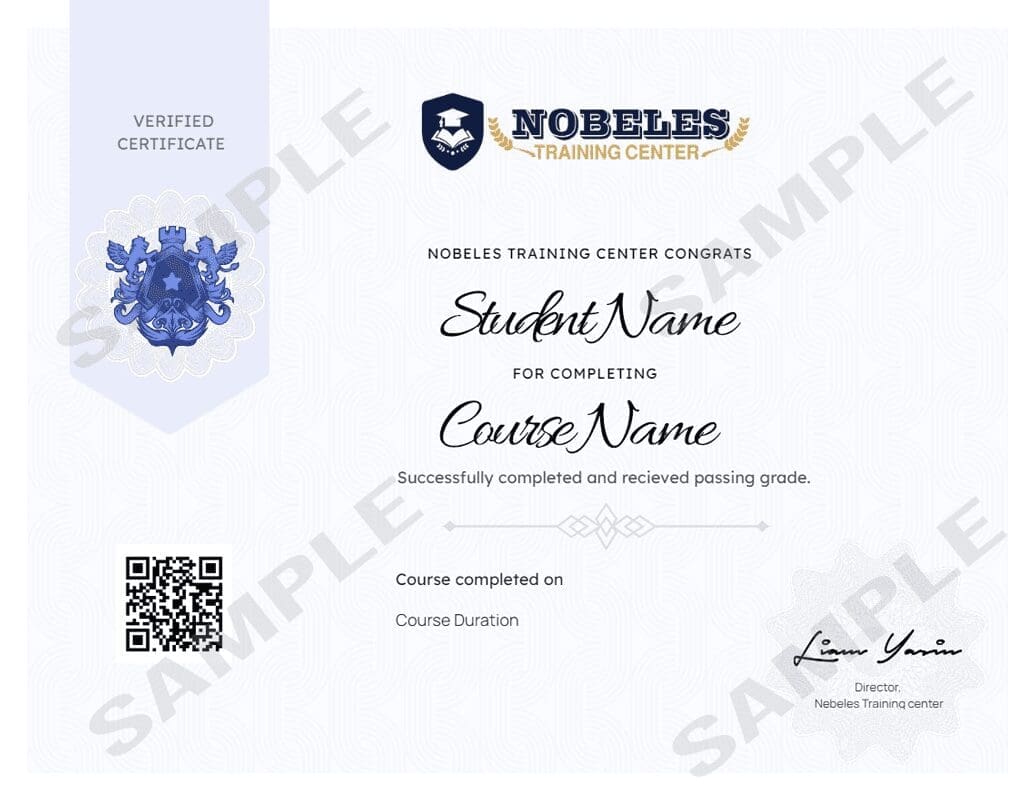Description
Curriculum
Instructor
Welcome to the Creative Problem Solving workshop. In the past few decades, psychologists and business people alike have discovered that successful problem solvers tend to use the same type of process to identify and implement the solutions to their problems. This process works for any kind of problem, large or small.
This workshop will give participants an overview of the entire creative problem solving process, as well as key problem solving tools that they can use every day.
Curriculum
- 11 Sections
- 11 Lessons
- 10 Hours
Expand all sectionsCollapse all sections
- The Problem Solving MethodThe problem-solving method involves identifying the issue, gathering information, generating potential solutions, evaluating options, and implementing the best choice. This structured approach fosters creativity, clarity, and effective decision-making in addressing challenges.1
- Information GatheringInformation gathering involves collecting relevant data and insights to understand a problem better. Techniques include surveys, interviews, research, and observation. This process is essential for informed decision-making and developing effective solutions.1
- Problem DefinitionProblem definition is the process of clearly articulating the issue at hand, including its causes and impacts. A precise definition guides effective problem-solving efforts, ensuring that solutions address the root cause rather than symptoms.1
- Preparing for BrainstormingPreparing for brainstorming involves defining clear objectives, gathering necessary materials, and creating a conducive environment for creativity. Establishing ground rules, encouraging open-mindedness, and inviting diverse perspectives help maximize idea generation and collaboration.1
- Generating Solutions (I)Generating solutions (I) involves brainstorming diverse ideas, encouraging creativity, and leveraging different perspectives. Techniques like mind mapping and free writing can stimulate thought, helping teams explore innovative options and identify potential solutions to problems.1
- Generating Solutions (II)Generating solutions (II) includes evaluating ideas based on feasibility, impact, and resources. Collaborative discussions and group feedback refine options, ensuring the chosen solutions are practical, effective, and aligned with the team’s goals and objectives.1
- Analyzing SolutionsAnalyzing solutions involves evaluating each option's effectiveness, feasibility, and potential impact. This process includes weighing pros and cons, considering resource requirements, and assessing risks, ensuring the selected solution aligns with objectives and addresses the problem comprehensively.1
- Selecting a SolutionSelecting a solution involves choosing the most viable option based on analysis and evaluation. This process considers factors like effectiveness, feasibility, resource availability, and alignment with goals, ensuring a strategic decision that addresses the problem effectively.1
- Planning Your Next StepsPlanning your next steps involves outlining actionable tasks, assigning responsibilities, and establishing timelines for implementation. This structured approach ensures clarity, accountability, and progress tracking, facilitating the successful execution of the chosen solution.1
- Recording Lessons LearnedRecording lessons learned involves documenting insights and experiences gained throughout the problem-solving process. This practice helps identify what worked well, what didn’t, and how future efforts can be improved, fostering continuous learning and organizational growth.1
- Post-TestPost-Test1
Nobles Center

5 Students146 Courses
Review
$275.00
145 students
11 lessons
Language: English
0 quiz
Assessments: Yes
Skill level All levels
Nobles Certificate
At the end of the course, you can download a copy of your certified certificate.
Nobeles Academy
Mobile Application
Download the Nobeles center mobile app from the app app store, click the button below
Courses you might be interested in
Working in a home office requires a unique set of skills. Teleworkers or virtual employees have additional challenges created by not being in a centralized office. Communication issues alone make...
-
1 Lesson
$175.00
Having the technical skills and knowledge to successfully execute your job duties is only one part of being the best you can be in the workplace. In addition to these...
-
0 Lessons
$225.00
The cloud has become a vital component for business as technology becomes embedded in modern life. Every leader needs to understand the cloud and how it operates, as well as...
-
0 Lessons
$195.00
Phone skills are a highly valuable tool to have in an employee’s skill-set, and Call Center Training will help provide those skills. This course will help = improve phone skills...
-
0 Lessons
$275.00






